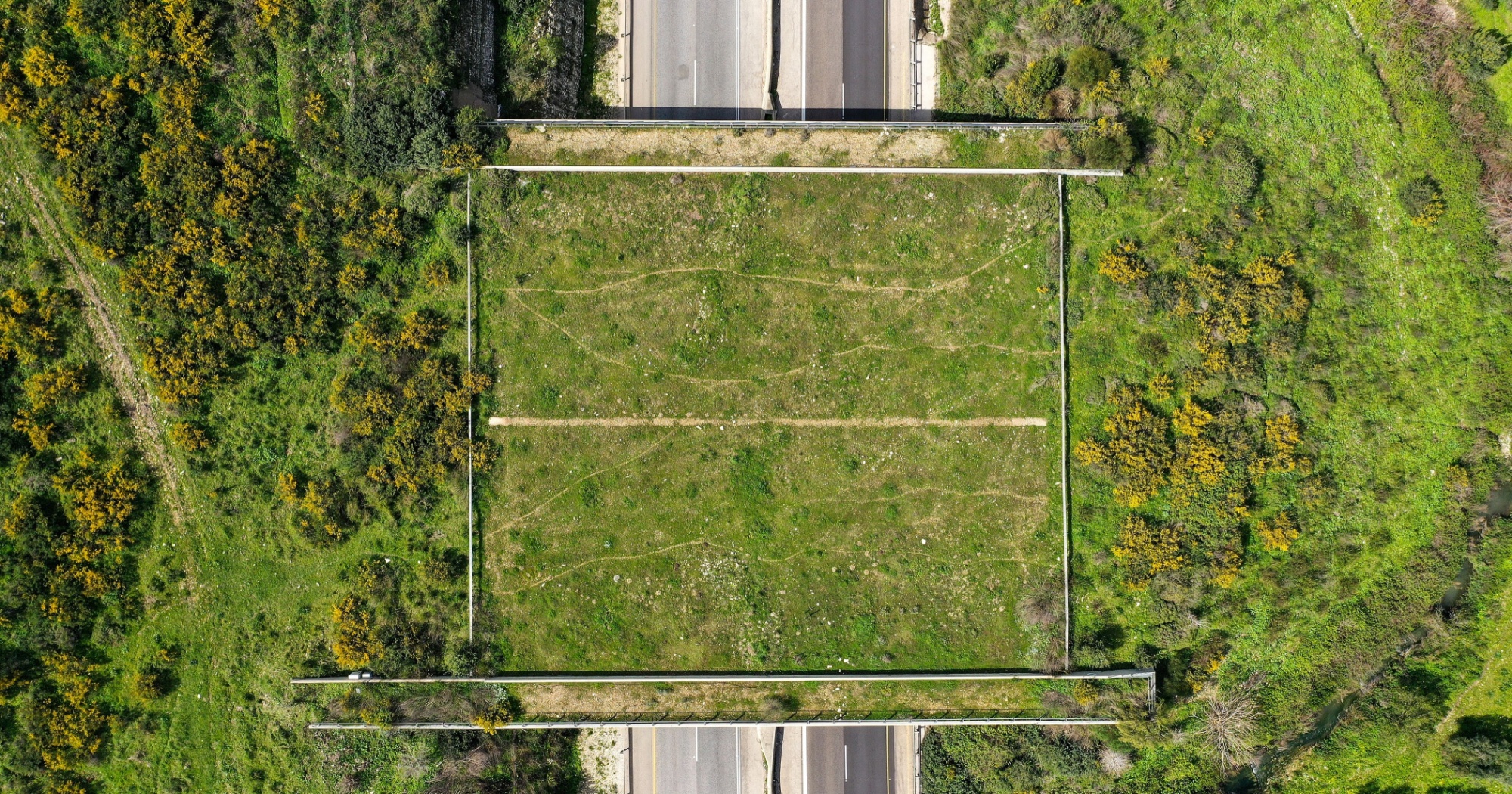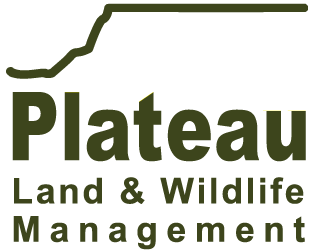Building Texas Wildlife Corridors with Neighboring Lands

Why Connected Lands Are the Key to Wildlife Survival
Texas spans over 268,000 square miles, yet wildlife populations face mounting pressure from habitat fragmentation. Roads and other infrastructure slice through the landscape, suburban development and shrinking properties create ever smaller patches of habitat, and changing land uses interrupt movement of wildlife.
The solution lies not in any single property, but in the collective effort of neighboring landowners working together to create Texas wildlife corridors. These connected pathways offer wildlife safe passage between fragmented habitats, supporting biodiversity while providing landowners with valuable property tax benefits through wildlife management exemptions.
When private landowners collaborate with wildlife management properties, they create something far more powerful than the sum of their individual efforts: landscape-level conservation that strengthens entire ecosystems.
Understanding Texas Wildlife Corridors
Wildlife corridors are natural or restored strips of habitat that connect larger areas of suitable environment. These pathways serve as highways for animals, allowing them to move safely between feeding areas, breeding grounds, and seasonal habitats.
Habitat fragmentation poses one of the greatest threats to Texas wildlife. When roads, developments, or other barriers split contiguous habitat into smaller patches, animal populations become isolated. This isolation leads to several critical problems:
- Genetic bottlenecks occur when small populations breed only within their limited group, reducing genetic diversity and making species more vulnerable to disease and environmental changes.
- Resource limitations develop when animals cannot access seasonal food sources, water, or shelter that may be just miles away but separated by impassable barriers.
- Migration disruption affects species that depend on regular movement patterns, like monarch butterflies following ancient flyways.
Wildlife corridors address these challenges by providing safe passage routes. A corridor might be as simple as a riparian buffer along a creek that connects two forest patches or native prairies, or as complex as a series of underpasses, native plantings, and conservation easements spanning multiple properties.
The Role of Neighboring Wildlife Management Lands
Wildlife management properties serve as anchor points for corridor development. These lands, managed specifically for native species habitat, often represent the highest quality habitat in their region. When neighboring properties adopt compatible management practices, they extend the effective size and connectivity of these core areas.
Successful wildlife management for corridor development focuses on several key practices:
- Native plant restoration creates food sources and shelter while removing invasive species that provide little wildlife value. Native grasses, forbs, and shrubs support insects that feed birds, provide seeds for wildlife, and create cover for small mammals.
- Water management ensures reliable water sources throughout the corridor. This might include maintaining stock tanks, creating seasonal wetlands, or protecting natural springs and creek systems.
- Strategic grazing management uses livestock as a tool to maintain habitat diversity. Rotational grazing can create the mosaic of short and tall grass areas that many species prefer, while avoiding overgrazing that degrades habitat quality.
- Brush management maintains the right balance of cover and open areas. Some species need dense thickets for nesting and protection, while others require open grasslands for foraging.
- Prescribed burning helps restore and maintain healthy prairies, savannas, and forests by controlling woody species and maintaining diverse grass and forest communities.
These practices align perfectly with Texas wildlife exemption requirements, allowing landowners to maintain low property taxes while contributing to conservation goals. The exemption requires at least three of seven qualifying activities annually: habitat control, erosion control, predator control, supplemental water, supplemental food, supplemental shelter, and census counts.
Benefits of Collaboration
Individual property management creates isolated islands of good habitat. Collaborative corridor management creates connected landscapes that support thriving wildlife populations and healthy ecosystems.
- Expanded effective habitat size multiplies the impact of individual efforts. A 100-acre property managed for wildlife provides valuable habitat, but when connected to neighboring managed properties, it functions as part of a much larger ecosystem that can support species requiring extensive territories.
- Shared resources and knowledge reduce individual costs and improve outcomes. Neighbors can coordinate bulk purchases of native seed, share equipment for brush management, and learn from each other’s successes and challenges.
- Enhanced species diversity results from the varied habitats that different landowners contribute. One property might excel at grassland management while another maintains riparian forest, creating the habitat diversity that supports the greatest variety of species.
Texas has seen remarkable success with collaborative corridor projects. The Neches River Corridor in East Texas connects multiple wildlife management areas, private properties, and conservation lands to create a migration pathway for waterfowl and other species. In South Texas, private ranches work together with the Laguna Atascosa National Wildlife Refuge to create connected habitat for endangered ocelots.
The Middle Trinity River Ecosystem Project demonstrates the power of partnership, protecting over 11 miles of river frontage and nearly 7,000 acres through collaboration between government agencies, conservation organizations, and private landowners.
Infrastructure Development and Wildlife Conservation
More than one million large animals are killed on U.S. roads annually. This tragic statistic represents not just individual animal deaths, but the broader challenge of infrastructure that fragments wildlife habitat.
However, innovative infrastructure solutions are proving that development and conservation can coexist. Wildlife crossings, both overpasses and underpasses, reduce collisions by up to 97% while maintaining connectivity between habitats.
- TxDOT’s wildlife crossing program has constructed 32 animal crossings statewide, including 21 locations specifically designed to protect endangered ocelots in South Texas. These crossings accommodate multiple species, with 26 different types of wildlife documented using the structures, from mountain lions and alligators to smaller mammals like raccoons and weasels.
- Urban wildlife corridors demonstrate that connectivity can exist even in developed areas. Houston’s Kinder Land Bridge spans 100 acres and reconnects Memorial Park habitat with two massive land bridges and restored coastal prairie. San Antonio’s Robert L.B. Tobin Land Bridge provides 30,000 square feet of native habitat over Wurzbach Parkway, complete with water features and native plantings.
The federal Infrastructure Investment and Jobs Act allocated $350 million over five years for wildlife crossing construction, creating unprecedented opportunities for expanding these connectivity solutions across Texas.
Plateau Land & Wildlife Management: Your Partner in Conservation
Creating effective Texas wildlife corridors requires expert knowledge of habitat management, species needs, and regulatory requirements. Plateau Land & Wildlife Management brings over 25 years of experience helping Texas landowners transition to wildlife management while maintaining property tax savings.
Plateau’s certified wildlife biologists understand the specific needs of Texas ecosystems and can design management plans that contribute to corridor connectivity while meeting wildlife exemption requirements. Our comprehensive services include:
- Customized wildlife management plans tailored to your property’s unique characteristics and your conservation goals, ensuring full compliance with state requirements while maximizing wildlife benefits.
- Annual service agreements that handle the ongoing management activities required for exemption maintenance, allowing you to focus on enjoying your land while experts ensure compliance.
- Habitat assessment and consulting that evaluates your property’s potential contribution to regional wildlife corridors and recommends specific improvements.
With more than 7,500 landowners across 159 counties managing over 1.4 million acres under Plateau’s guidance, the company has demonstrated expertise in creating successful wildlife habitat while protecting landowner interests.
Taking Action for Texas Wildlife
Texas wildlife corridors represent an important tool for maintaining the state’s incredible biodiversity while accommodating necessary development. The key to success lies in neighbors working together, property by property, to create connected landscapes where wildlife can thrive.
Every landowner has the opportunity to contribute to this conservation legacy. Whether you manage 10 acres or 10,000, your property can serve as a vital link in the chain of connectivity that Texas wildlife depends on.
The wildlife exemption program makes this conservation work financially attractive, allowing you to reduce property taxes while creating habitat that benefits generations of wildlife. When combined with the satisfaction of seeing wildlife flourish on your land and the knowledge that you’re contributing to something larger than any individual property, the rewards extend far beyond financial benefits.
Ready to explore how your property can contribute to Texas wildlife corridors while reducing your property taxes? Schedule a free consultation with Plateau Land & Wildlife Management today. Our experts will assess your property’s potential, explain the wildlife exemption process, and help you develop a management plan that supports both your goals and the broader conservation needs of Texas wildlife.
The future of Texas wildlife depends on the collective action of landowners like you. Take the first step toward creating connected habitat that will benefit wildlife for generations to come.





Sorry, the comment form is closed at this time.